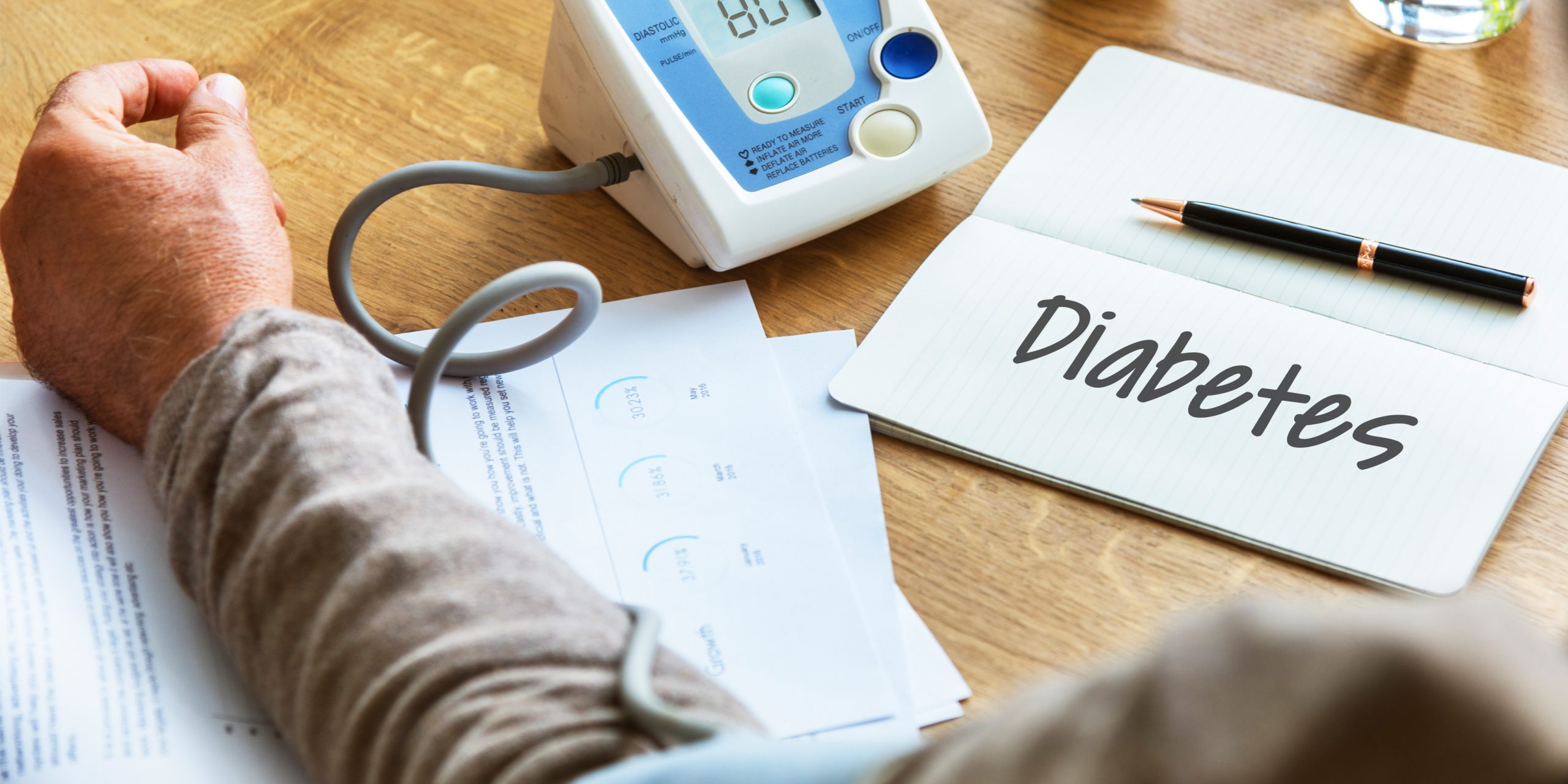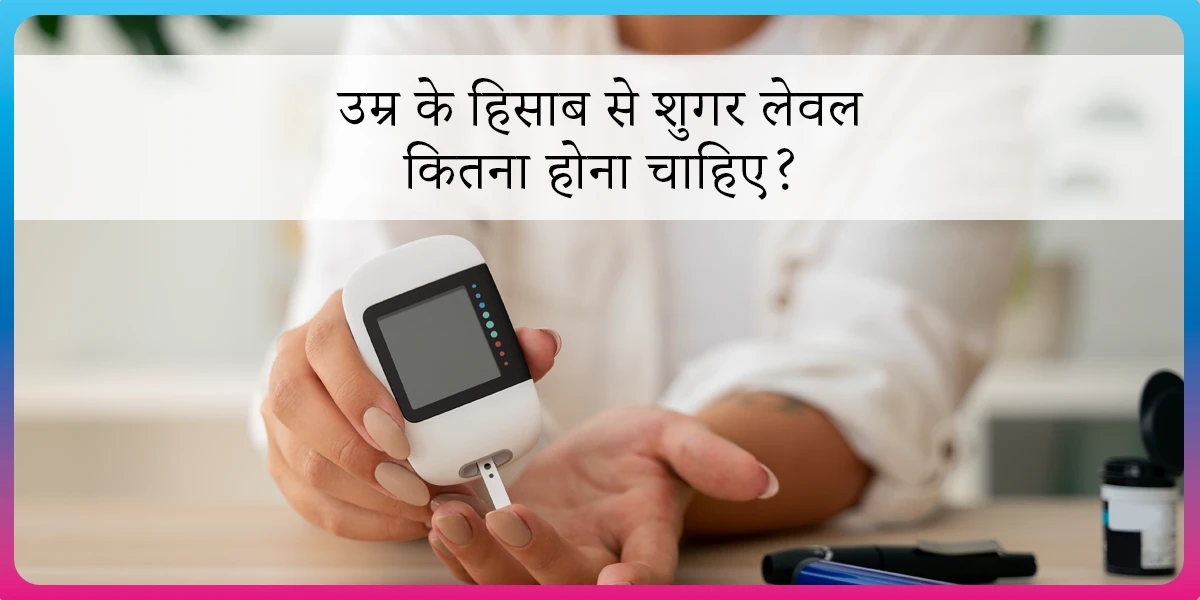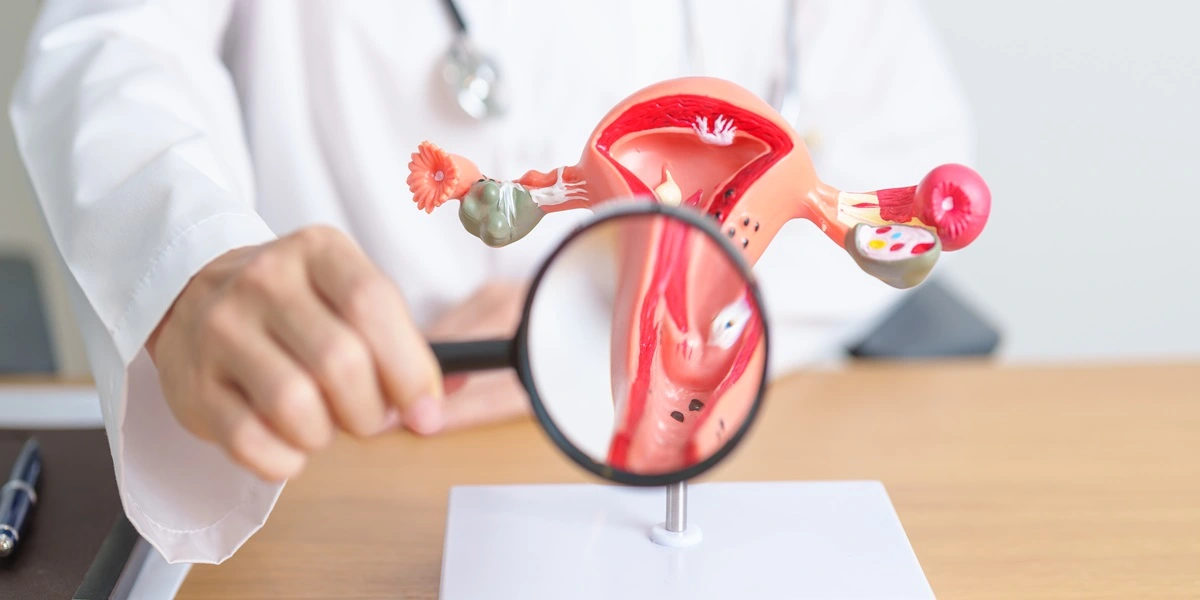Busting 7 Myths About Diabetes Ketoacidosis

“Check your sugar levels. Count your calories. Get your workout in. And no matter what- just stay stress-free! Remember, the complications of diabetes can really affect your quality of life!”
When managing diabetes, you will always have to deal with well-meaning tips and information from your family and friends. One of the complications of diabetes that is often overlooked and misunderstood is diabetes ketoacidosis (DKA). If you have Type 1 diabetes, DKA is a medical emergency that develops in just a few hours and can be life-threatening.
This may sound scary, but the correct information can empower you to take control of your health to prevent diabetes ketoacidosis.
7 Myths About Diabetes Ketoacidosis
In this article, we will debunk seven of the most common myths about diabetes ketoacidosis so that you can identify and treat the condition on time.
Myth 1: DKA only affects people with Type 1 Diabetes.
Fact 1: DKA is commonly seen in Type 1 DM but can also affect people with Type 2 DM.
20% to 40% of DKA cases are from newly diagnosed Type 1 diabetes. Even though DKA is a well-known complication of Type 1 DM, it is rarely seen in patients with type 2 diabetes, when it is called ‘ketosis-prone type 2 diabetes.’
Don’t struggle alone & get the expert care you deserve
Myth 2: DKA takes a long time to affect your body
Fact 2: DKA is a sudden complication and can develop in only a few hours.
Here are the most common causes of DKA that result in its sudden onset. Awareness of triggers that lead to DKA can help you prevent this complication.
A new diagnosis of Type 1 diabetes, where your immune system attacks the insulin-producing beta cells in your pancreas. This leads to a sudden drop in insulin and high sugar levels, as they don’t have enough insulin to break down blood glucose for energy.
This condition may leave you dependent on insulin for life. Type 1 DM is usually diagnosed during childhood or early teens but can also develop in adulthood, even if you don’t have a family history of diabetes.
People with Type 1 DM may forget to take their insulin, take the wrong dose, or use expired or spoiled insulin exposed to extreme temperatures.
People with Type 1 DM use insulin pumps. But sometimes, a twisted, bent, or disconnected tube may prevent insulin from being delivered effectively. This causes a sudden drop in insulin levels.
Risk factors that increase chances of DKA
- Chest, urinary tract, or skin infections cause your body to release stress hormones that disrupt the insulin levels. Vomiting from an illness can also lead to dehydration which triggers DKA.
- Pregnancy
- Emotional or physical trauma
- Pancreatitis
- Alcohol abuse or drug abuse
- Certain medications like antipsychotic drugs and corticosteroids.
Myth 3: DKA is difficult to diagnose
Fact 3: Warning signs of DKA are easy to recognize.
Considering how severe the effects of DKA could be, the earlier you identify the condition, the better your chances of getting the proper treatment on time. Here are a few common symptoms that you must keep in mind:
Early symptoms of DKA: The three Ps of DKA
- Polydipsia (extreme thirst)
- Polyuria (passing urine more often than usual)
- Polyphagia (bouts of hunger and increased appetite)
Other symptoms
- Fruity-smelling breath
- Dehydration
- Headache
More severe symptoms of DKA can include
- Nausea and vomiting.
- Pain in the abdomen
- Breathlessness
- Fatigue
- Irritability, confusion, disorientation
Blood test results used to diagnose DKA: The Classic Triad
- High levels of ketones in your urine or blood
- High blood glucose levels (> 250 mg/dL).
- Acidic blood (state of acidosis) pH less than 7.3 or serum bicarbonate levels less than 15 mmol/L
Further complications of DKA
The buildup of ketones in your blood makes it more acidic, which in turn increases your risk for
- Heart attacks
- Strokes
- Fluid loss that leads to kidney and organ damage
- Brain swelling that can eventually cause a coma
- Fluid buildup in your lungs
Myth 4: DKA occurs only because your blood sugar is very high
Fact 4:DKA occurs when you have high blood sugar + ketones in your blood and urine
When your body doesn’t have enough insulin or can’t use its insulin effectively, your sugar levels will shoot up (called hyperglycemia). DKA, however, occurs when ketones start building up in your blood and urine.
You can have high blood sugar without having ketones in your blood and urine. If hyperglycemia is left untreated, then it could progress to DKA. In rare cases, you can have DKA even if your sugar levels are lower than 250 mg/dL, in a condition known as euglycemic diabetes-related ketoacidosis (euDKA).
Myth 5: DKA and ketosis are different names for the same condition.
Fact 5: DKA and ketosis are different conditions.
DKA and ketosis may sound alike, but they are very different conditions.
When you are on a low-carbohydrate and high-fat diet, or if you have been fasting for long periods, or if you have had too much alcohol, your body begins to break down the fat to release ketones in your blood and urine.
However, these levels are not enough to make your blood acidic and don’t cause much harm, even though you are in ketosis. You may experience ketosis even if you don’t have diabetes.
On the other hand, DKA is a complication of diabetes and occurs when insulin levels are so low that your body cannot balance the number of ketones in your blood, turning it acidic. It is a life-threatening condition that requires immediate treatment.
Myth 6: DKA is an irreversible condition
Fact 6: DKA can be managed successfully when treated in time
People with diabetes often ask – “Is diabetes ketoacidosis curable?” With all the complications that can arise from an episode of DKA, it’s natural to be concerned.
But it’s time for some good news because even though DKA is a life-threatening condition, it can be managed effectively if you receive treatment for DKA on time.
During an acute attack of DKA, you should ideally be admitted to the intensive care unit for frequent glucose monitoring. You may also be given IV fluids to restore electrolytes and prevent further dehydration.
You may be given insulin until your blood sugar levels return to normal and teh amount of ketones in your blood decreases, making your blood less acidic. Under continuous monitoring, recovery should be fast enough for you to be discharged from the hospital in 1-3 days.
Myth 7: You can’t get repeat attacks of DKA
Fact 7: DKA will recur if your insulin levels fall again.
As terrifying as it is to suffer from an acute attack of DKA, it may not be the only one you have to go through. If your insulin levels fall, and your body doesn’t have enough glucose to deliver to your muscles and organs for energy, a repeat episode is likely.
The best way to prevent DKA is to ensure you don’t miss a dose of insulin and keep track of your medication timings. You can also ask your endocrinologist if you need to take additional precautions if you fall sick or experience trauma that could affect your insulin levels.
FitterTake
Since the consequences of DKA are life-threatening, keeping an eye on your sugar levels, staying compliant with your medication, and sticking to lifestyle changes are imperative to prevent this complication. Here’s where digital therapeutics can make all the difference!
This is why Fitterfly has launched India’s 1st Metabolic Health Challenge called Metamorphosis. You can find out more about our smart, personalized, clinically validated & digitally led 90-day programs, linked here – https://www.fitterfly.com/
This blog provides general information for educational and informational purposes only and shouldn't be seen as professional advice.
Don’t struggle alone & get the expert care you deserve













